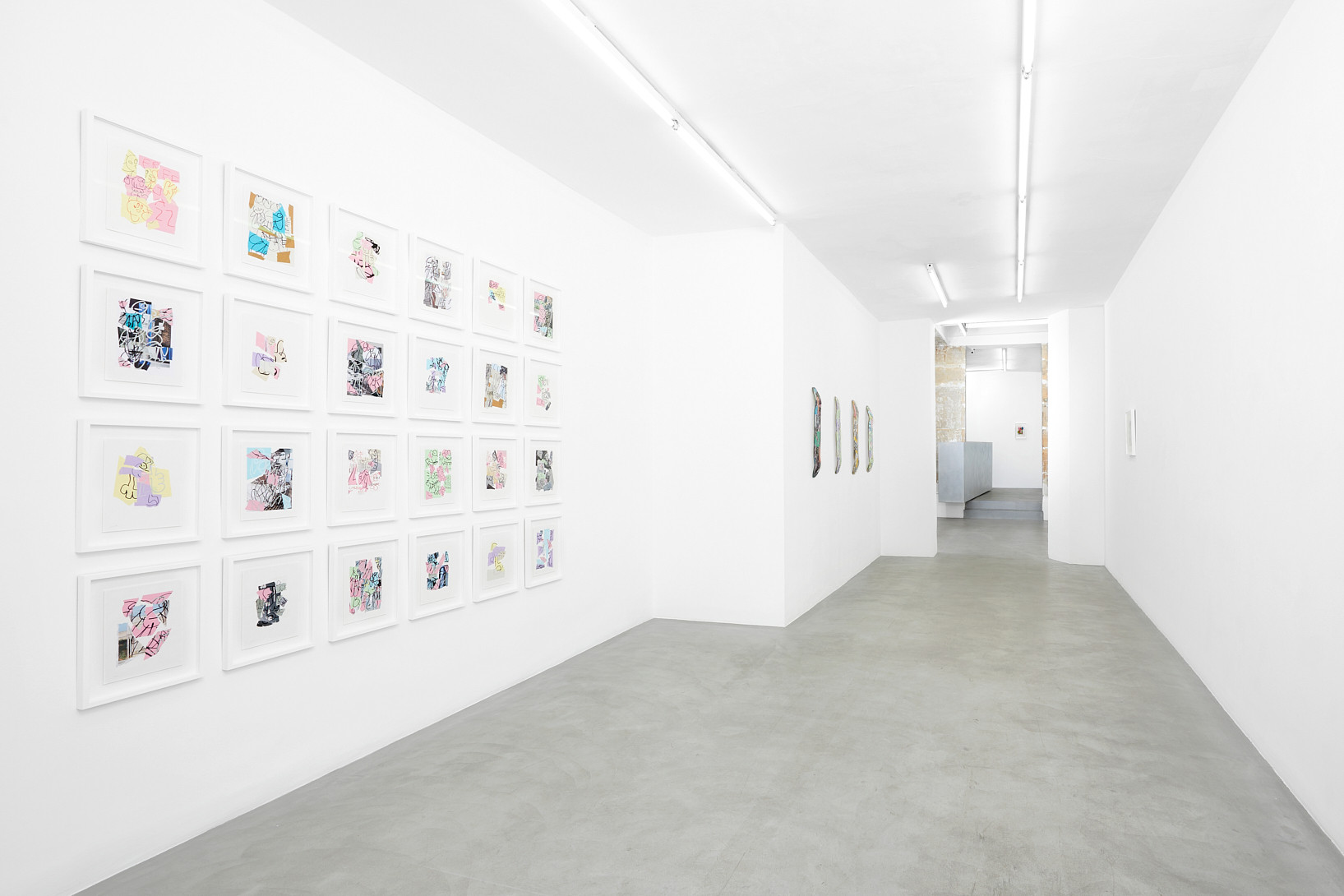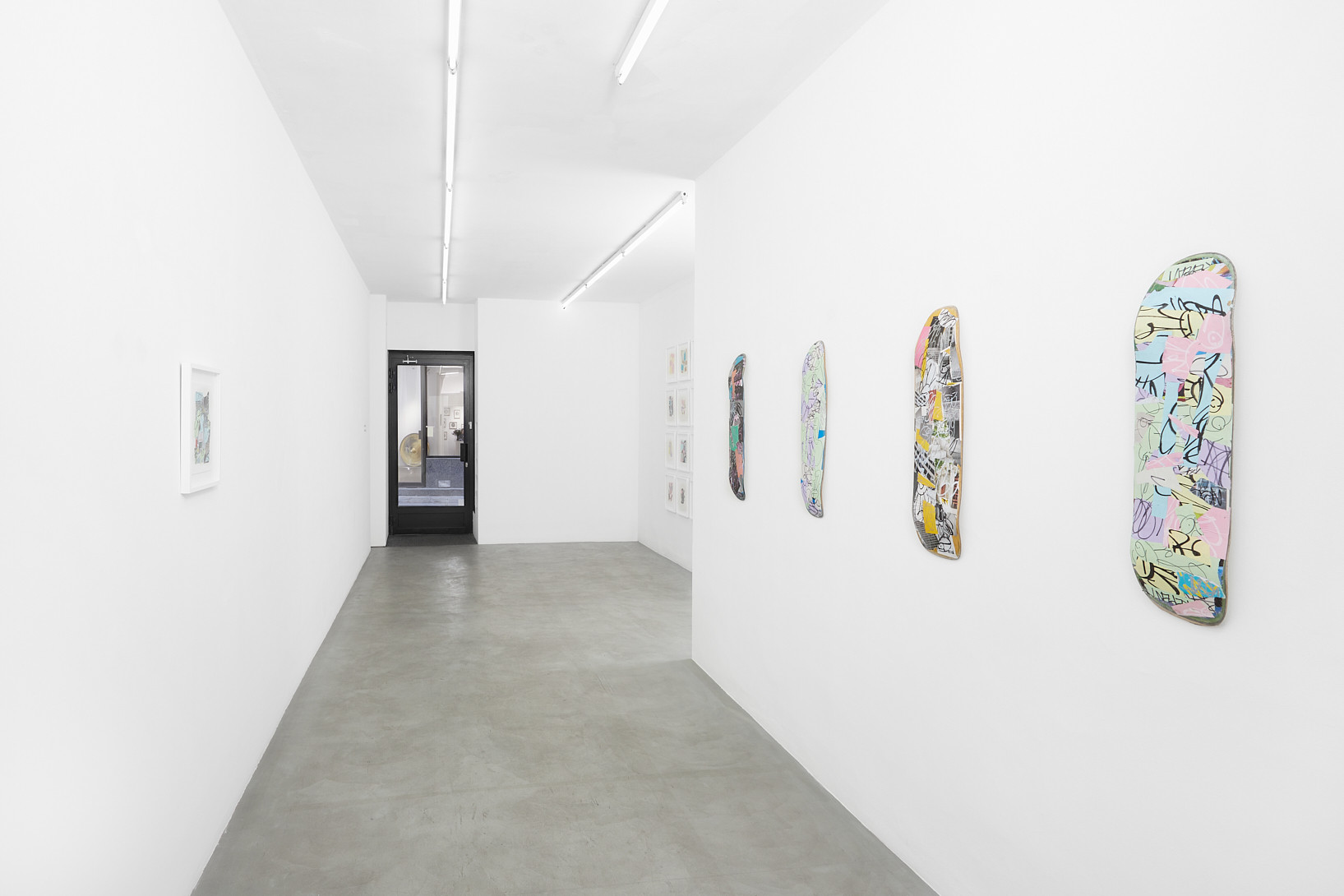

















© Credits photo: Thomas Marroni


















Over the past year I started to think about the interplay between meaning and aesthetics in my drawings.
When I conceived a methodology for the black and white brush pen drawings I have been making for the past few years I wanted aesthetics to be secondary to content. Any aesthetic quality to the drawing would come from the simplicity and directness of its execution. I didn’t want it to be a conscious thing.
But inevitably once I became aware of how that execution was perceived aesthetically it started to be something I found myself pursuing consciously, with a pre-conceived idea of how the drawing should look. As soon as that starts to happen, for me the drawing loses its honesty.
I thought it would be interesting to investigate the aesthetic quality of my drawings; to think about the marks I make separately from any meaning they are trying to convey.
I have been really interested in the idea of the ‘throw-up’ in the language of graffiti. There seems to be an unconscious, automatic quality to the process of making these marks that I find very satisfying. I like the way they are both a drawing and a kind of writing at the same time.
By making my own ‘throw-up’ I felt like I had something that could generate and contain the gestures and marks that I found aesthetically satisfying in my drawings that didn’t need to be judged on any information it contained. It’s aesthetics are the information. It’s a drawing about itself.
By drawing on randomly available surfaces in my studio – magazines, old skateboards, recycled packaging – rather than on pristine, white sheets of paper, and by ripping up and reconstructing these drawings, I felt like I could take the marks further out of the context of my ‘traditional’ drawings.
So these ‘découpages’ are a distillation of the idea of purely aesthetic quality in my drawings.
James Jarvis